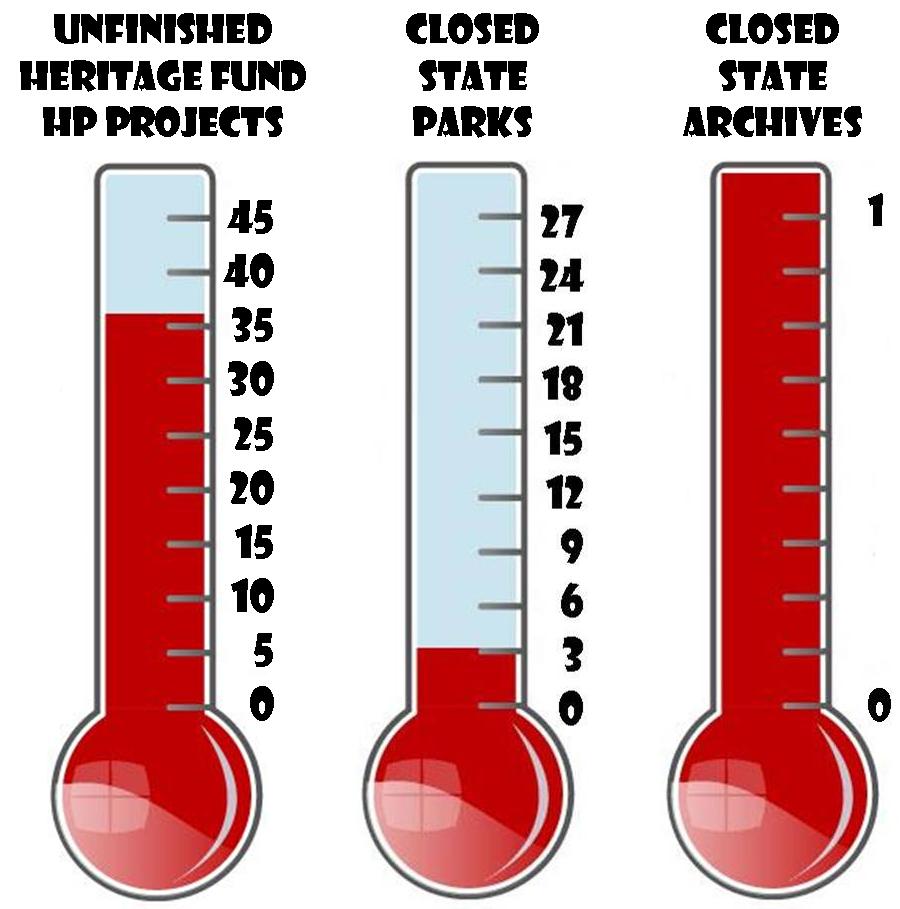
[Source: Pete Aleshire, Payson Roundup] — As rangers on Thursday bolted an orange square blaring “closed” on the Tonto Natural Bridge State Park sign, Rim Country leaders rallied support to force a reversal of the decision. A steady stream of people and reporters made their way to the park on Thursday, anxious to have a last look before the indefinite closure imposed mostly to shift staff members to other parks.
State representatives Bill Konopnicki and Jack Brown both agreed to attend a Town Hall meeting next Tuesday at 2 p.m. at the Best Western Conference room on Highway 87 across from the Swiss Village. In addition, Payson Mayor Kenny Evans, Rim Country Regional Chamber of Commerce Manager John Stanton, and other community leaders have an appointment to meet with state Sen. Sylvia Allen on Wednesday in Phoenix. “This place does not have to close,” said an indignant Stanton at the entrance to the park on Thursday. “We’re one of 11 communities being held hostage because the state parks board needs the money.”
After the legislature swept $35 million from various state park funds, the state parks board voted to close indefinitely 11 of the 27 parks in the system. Now, state park officials hope the legislature will let them borrow money from the $68 million that has accumulated in the voter-established Land Conservation Fund. House Bill 2088 would allow state parks and other agencies to borrow $20 million from that fund and repay in 2012. Voters originally established the fund to buy state trust land for use as open space around cities.
Stanton said community leaders hope to convince the lawmakers to restore enough money to the state parks budget to keep Tonto Natural Bridge and other parks open. The park draws nearly 100,000 visitors annually and park managers say January’s increase in entrance fees from $3 to $4 would have made the park entirely self-supporting this year.
Economic impact studies show that the park generates $3.5 million in revenue for local, tourism-dependent business. Equally important, the park gives Rim County a national and international identity, as evidenced by how many people every day pull into the chamber’s visitor information office to find out how to get to the bridge. “Our message (to the legislators) is if you want to have enough people left up here to re-elect you… don’t close this park,” said Stanton. [Note: To read the full article, click here.]




 [Source:
[Source:
You must be logged in to post a comment.